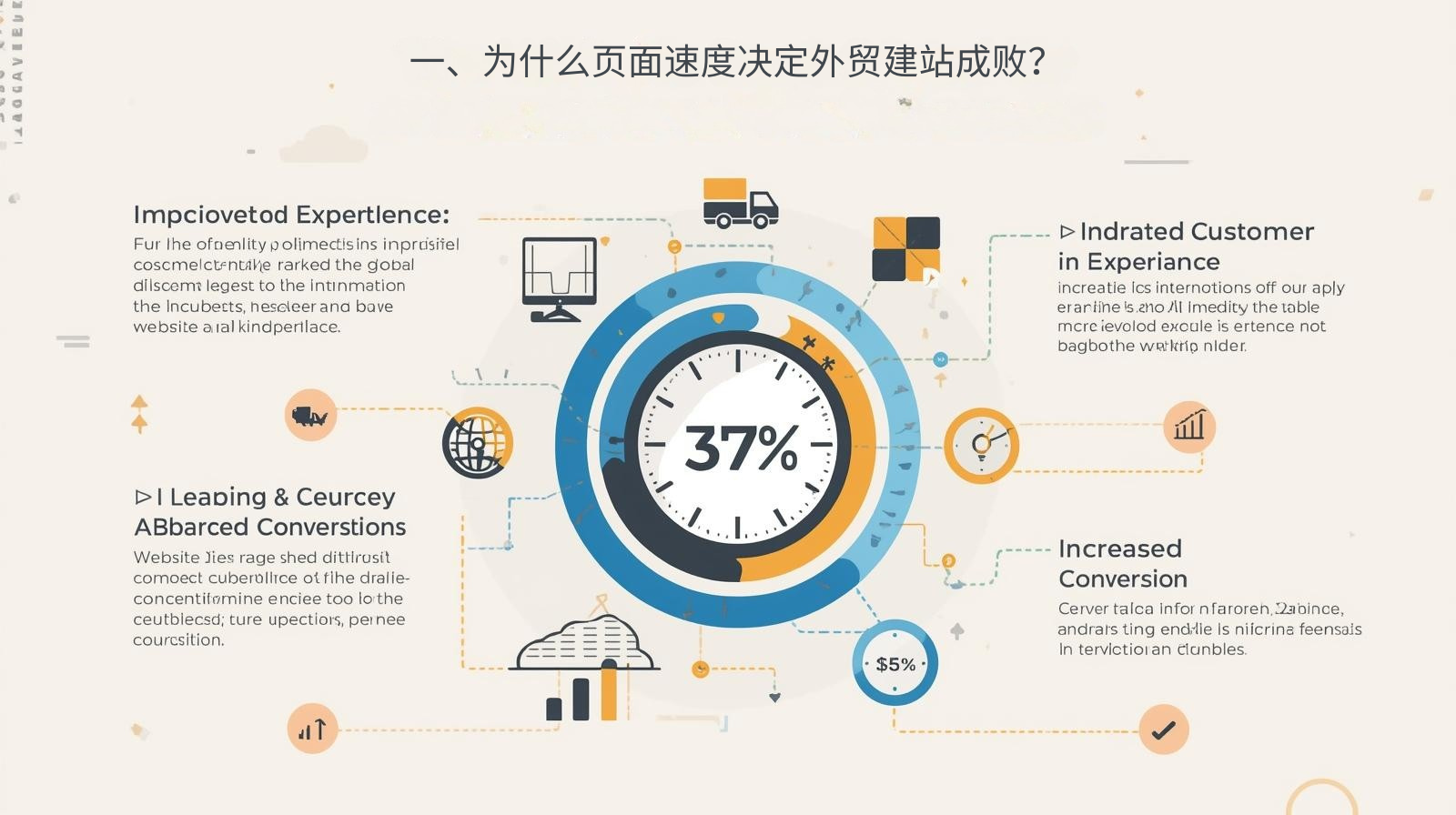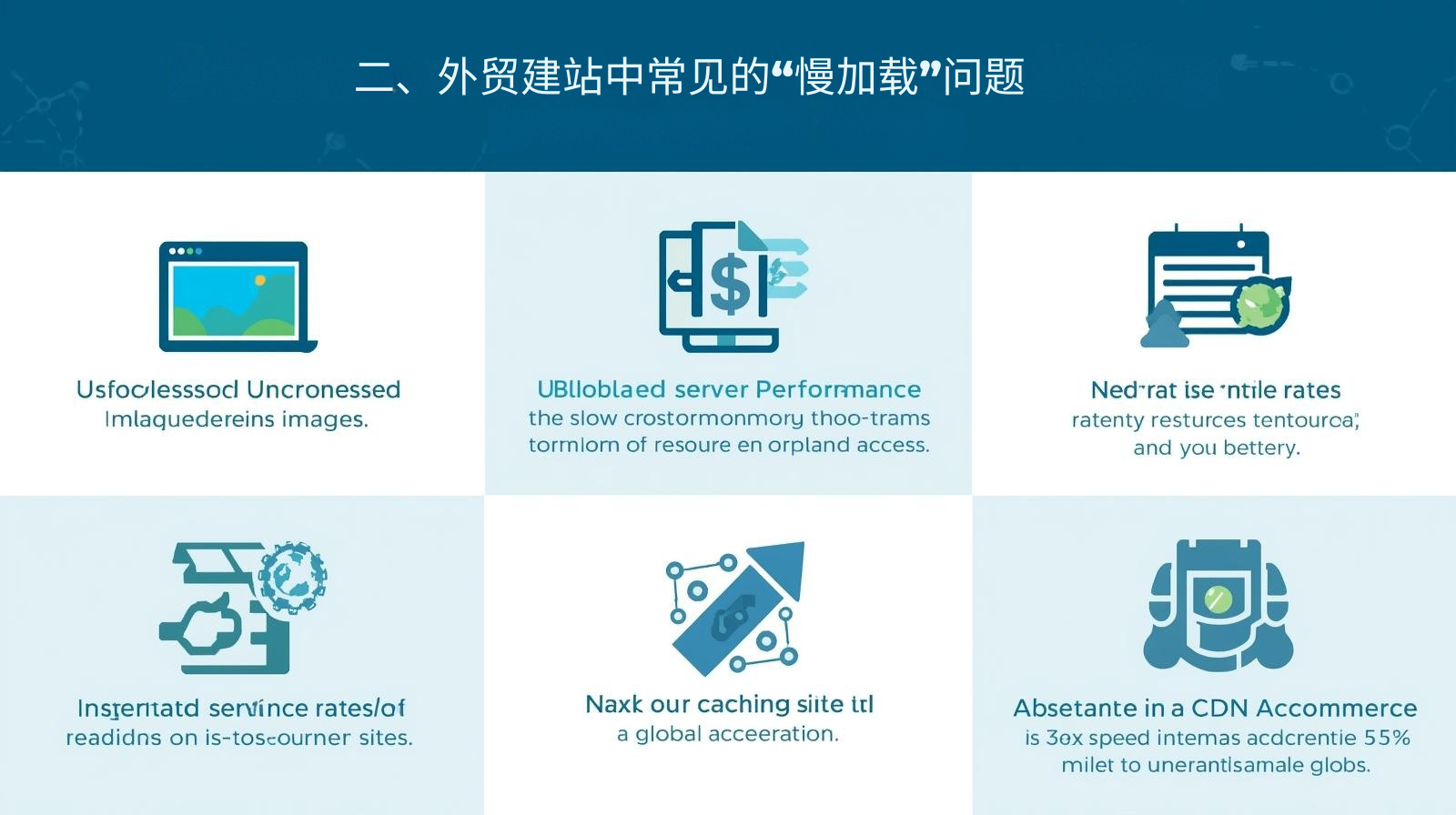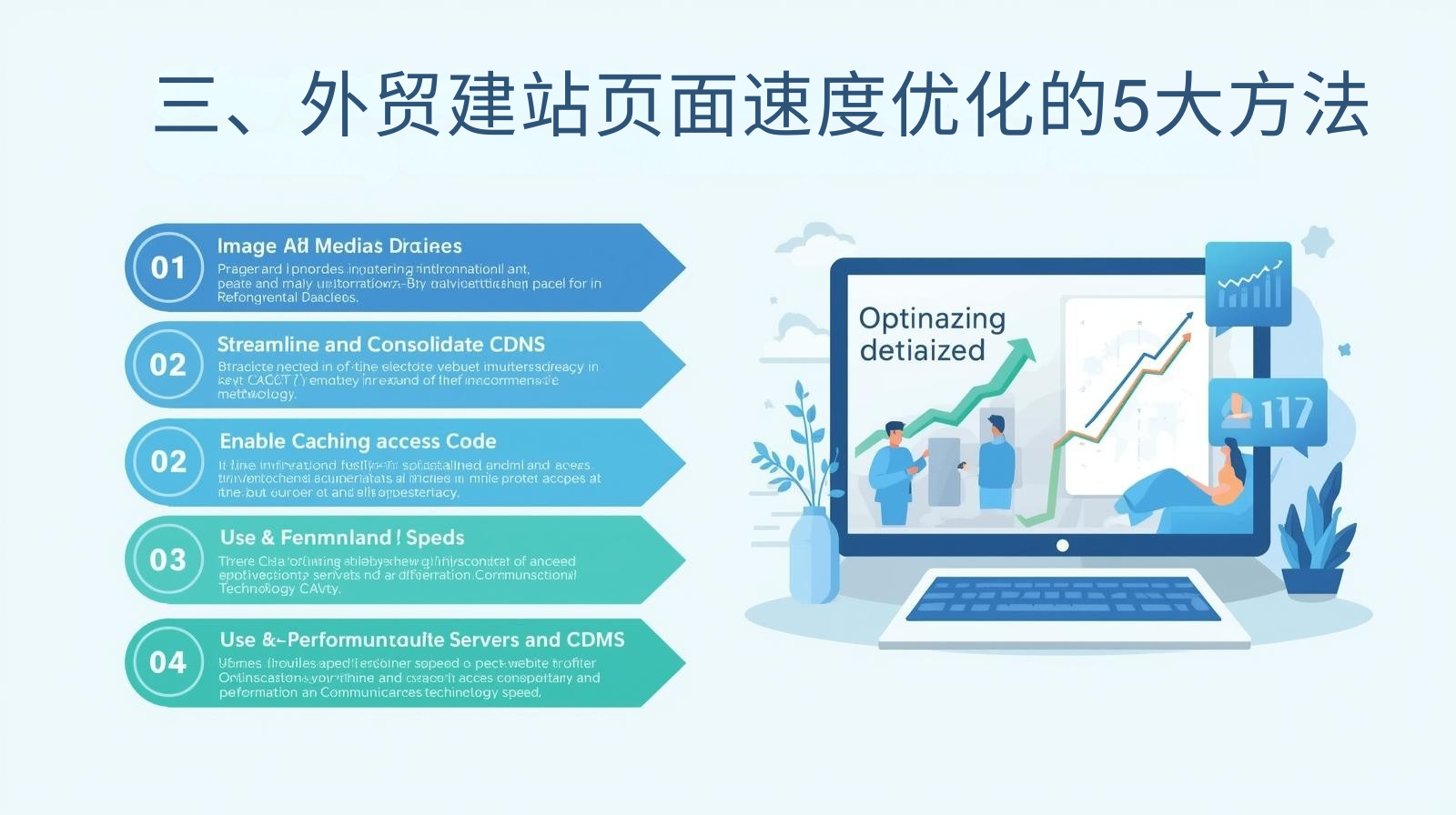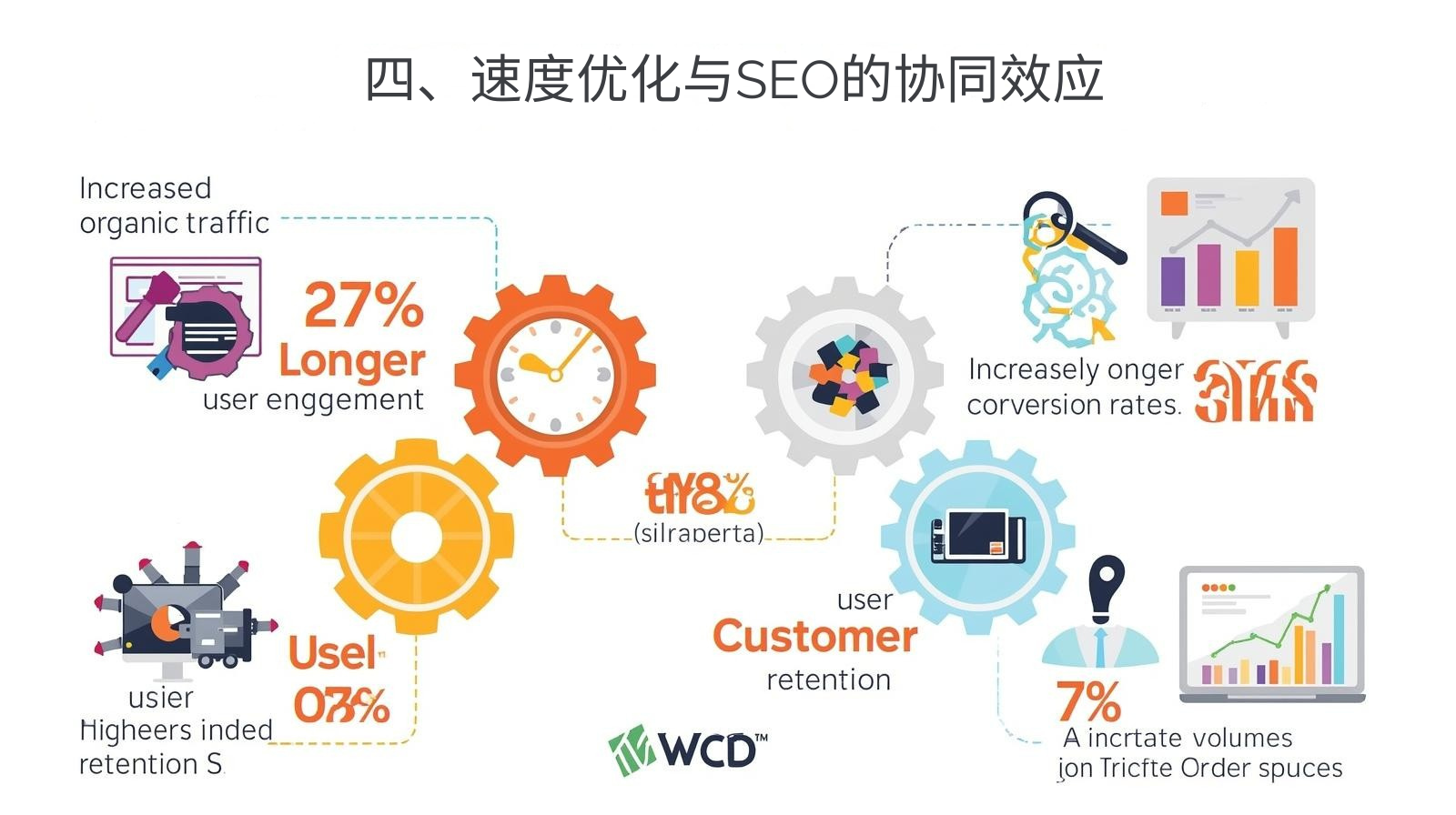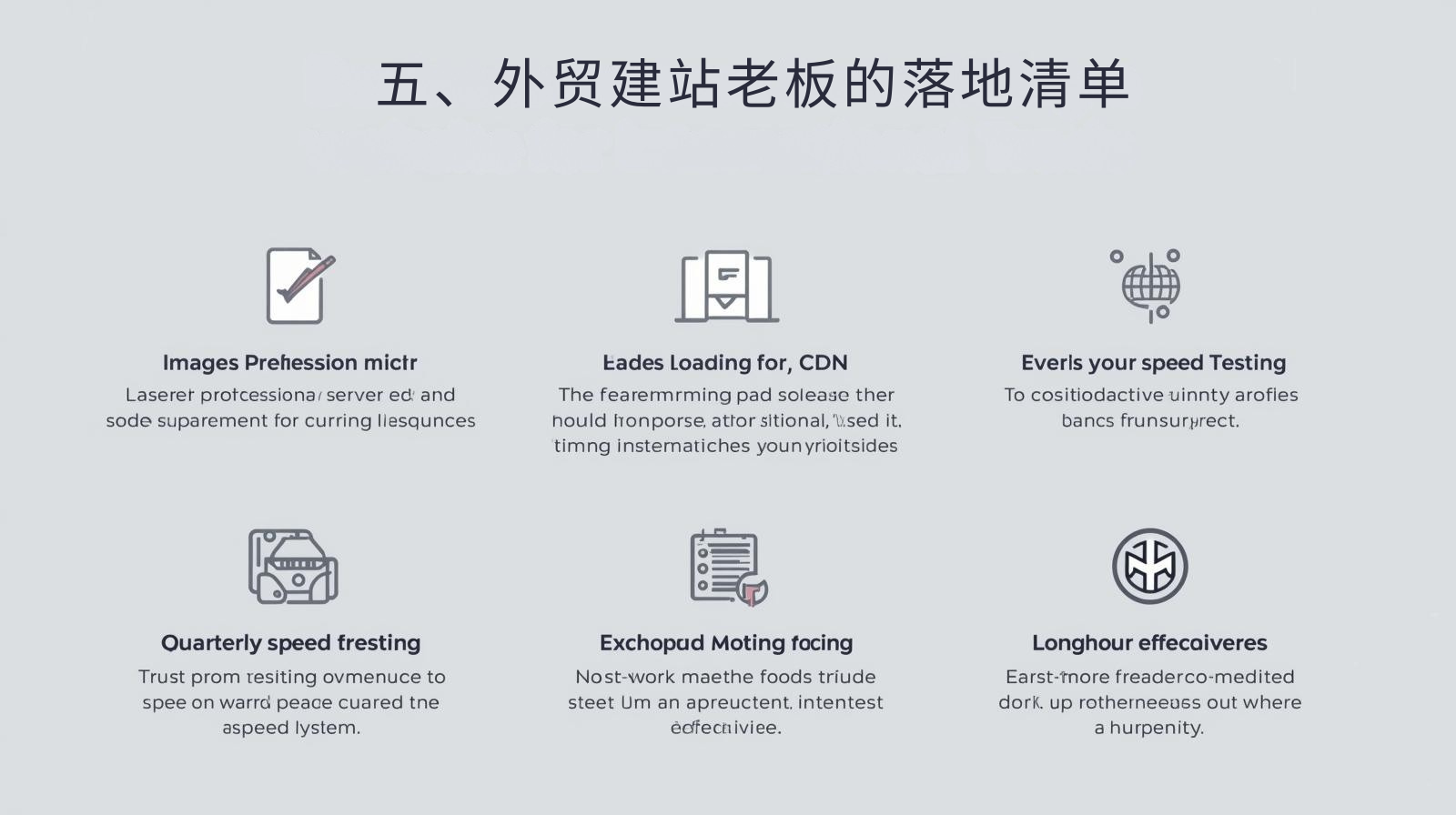1. Why does page speed determine the success or failure of foreign trade website building?
Customer experience : Customers typically only give a website 3 seconds to load. Any longer than this and the bounce rate will increase significantly.
Search ranking : Google uses page speed as one of the search ranking factors, which directly affects organic traffic.
Conversion rate : The faster the page, the more likely customers are to stay and place orders.
Google Search Central ’s research points out that page loading speed optimization not only improves user experience, but is also one of the key indicators for the success of foreign trade website SEO.
2. Common "slow loading" problems in foreign trade website construction
Large images : Uncompressed images are the most common cause of slowdowns.
Code bloat : Too many JS and CSS files increase the browser rendering burden.
Insufficient server performance : Cheap hosts cannot support cross-border access needs.
No caching mechanism : Resources are reloaded for each access, which is very time-consuming.
CDN is not enabled : Global access lacks acceleration nodes, resulting in regional access delays.
Data from Statista shows that over 45% of the average bounce rate of global e-commerce websites is related to page speed. For foreign trade website building, this means that speed optimization is the first step to improving conversions.
3. Five methods to optimize the page speed of foreign trade website
1. Image and media optimization
Use lightweight formats like WebP.
Enable lazy loading to load images only when the user browses to them.
2. Streamlining and merging code
Compress CSS and JS files.
Merge requests to reduce the number of HTTP connections.
3. Enable caching technology
Use browser cache to increase return visit speed.
Server-side caching reduces duplicate processing.
4. Use high-performance servers and CDN
Choose a server close to your target market.
Deploy global CDN nodes to accelerate cross-border user access.
5. Mobile Optimization
Responsive design ensures fast loading on mobile devices.
Reduce complex animations and excessive plug-ins.
Research by the China Academy of Information and Communications Technology (CAICT) shows that corporate websites that use CDN and cache optimization have an average cross-border access speed increase of 40%, significantly reducing customer churn.
4. Synergy between Speed Optimization and SEO
Many foreign trade bosses look at SEO and speed separately, but in fact the two complement each other:
Faster websites are more likely to be indexed , increasing organic traffic.
Users stay longer , and search engines judge the content to be more valuable.
The increase in conversion rate will ultimately lead to real order growth.
Research by the World Trade Organization (WTO) also points out that cross-border e-commerce companies' investment in technology optimization (speed + SEO) can increase their customer retention rate by more than 28%.
5. The landing list of foreign trade website owners
Check that all images are compressed and lazy loading is enabled.
Use professional servers and CDN instead of cheap web hosting.
Conduct speed tests every quarter for continuous optimization.
Establish dual indicator monitoring of speed and SEO to ensure long-term effectiveness.
Recommended related articles: Foreign trade customer acquisition software + independent website: traffic conversion golden combination
Page loading speed isn't just a "nice-to-have" for building a foreign trade website; it's the difference between success and failure. A fast-loading foreign trade website not only improves the customer experience but also leads in search rankings and conversion rates. Combining research from Google , Statista , CAICT , and the WTO , it's clear that speed optimization is essential for a successful foreign trade website.
👉 If you're looking to quickly build a website for international trade that supports speed optimization, SEO enhancements, multilingual support, and intelligent content updates , we recommend trying Pinshop . It can help business owners and international trade decision-makers create high-performance websites at a low cost, allowing customers to quickly access and convert worldwide.

